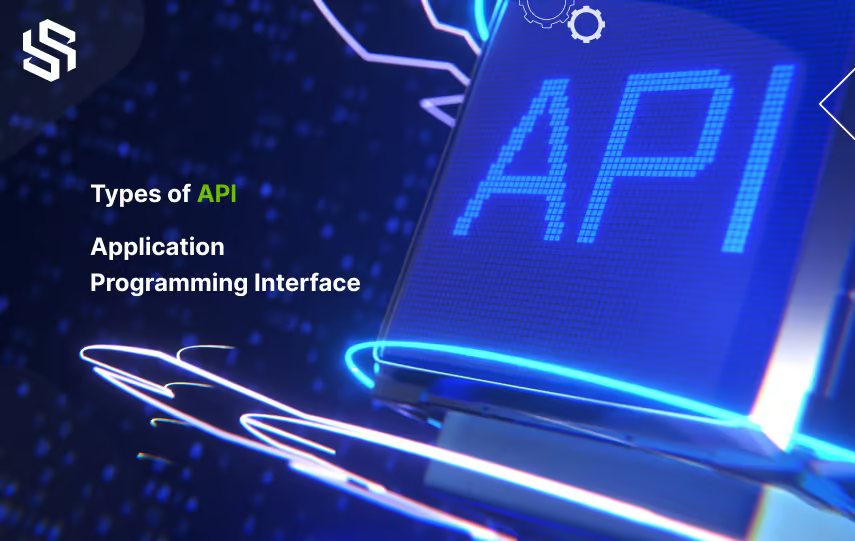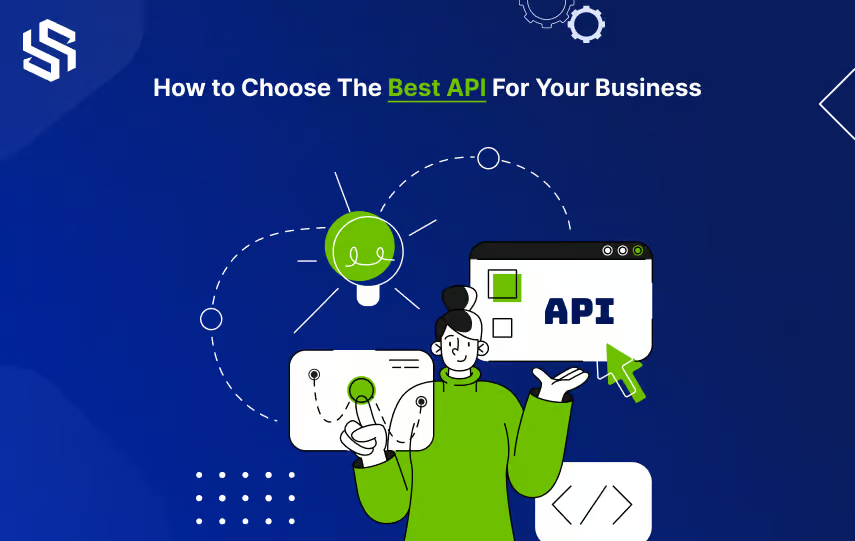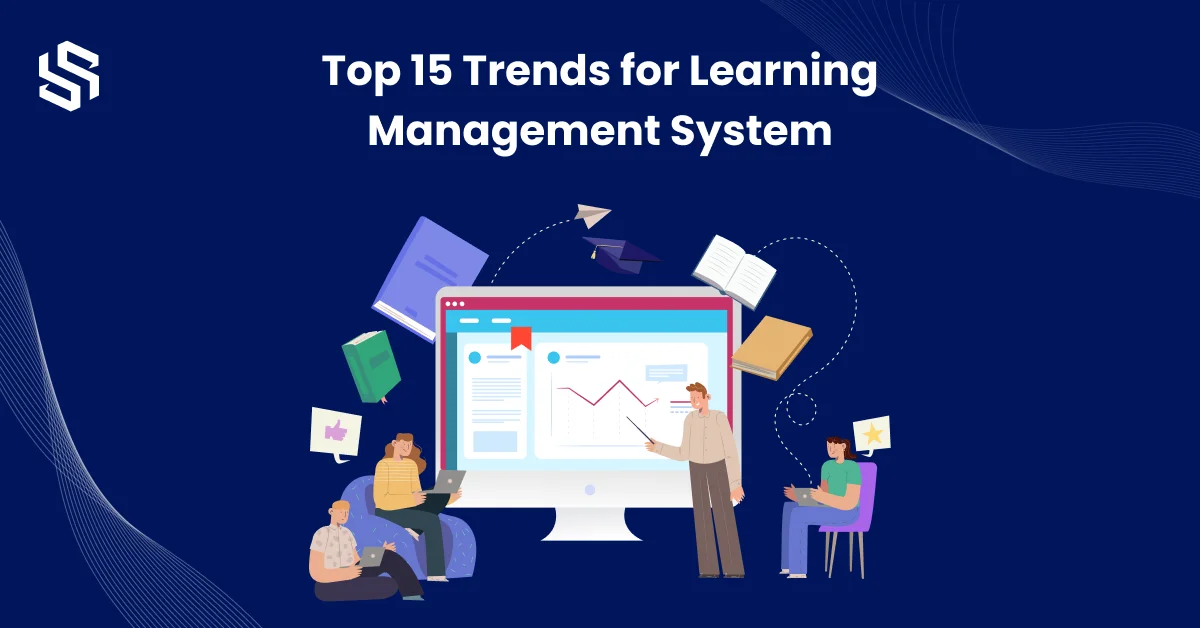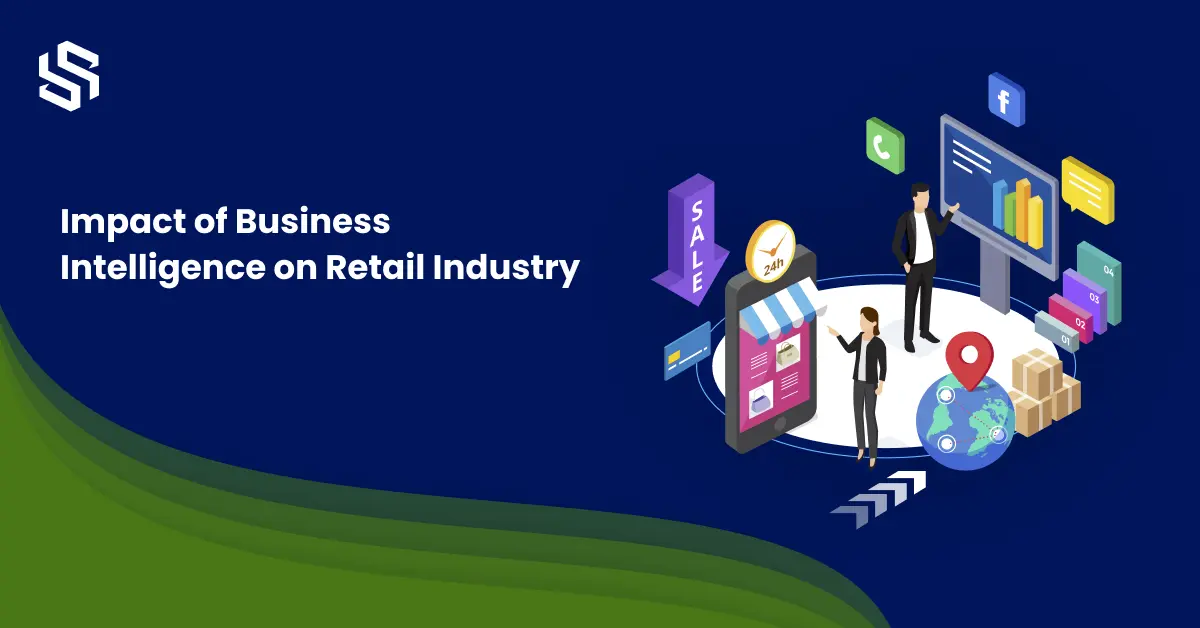Introduction
What is an API Application?

The key Factors to Consider When Selecting The Best API for Business Needs
1. Understanding API Development
2. Identifying Your Business Requirements
3. Evaluating API Documentation
4. Considering Security Measures
5. Analyzing Performance and Scalability
6. API Platform Development Services
7. Community and Support
8. Pricing and Cost Considerations
9. Cross-Platform Compatibility
10. Testing and Trial Period
11. Evaluating the API Provider's Reputation
12. Future Growth and Flexibility
13. Comparing Multiple APIs
How to Integrate API in Application?
- Understand the API documentation thoroughly.
- Acquire API access credentials (API key or token).
- Choose the right integration method (HTTP requests, SDKs, RESTful API, SOAP API).
- Implement API calls in your application’s code.
- Test the API integration with different scenarios.
- Handle rate limiting and quotas set by the API provider.
- Monitor API usage and performance.
- Stay updated with API changes and updates.
- Implement error handling mechanisms for unexpected responses.
- Ensure data privacy and security during transmission.
- Seamlessly expand your application’s capabilities using the API.
Choose the Right API Integration Method
HTTP Requests:
SDKs (Software Development Kits):
RESTful API Integration:
SOAP API Integration:
Why Do You Need API Integration Platforms?
- Interfacing cloud-based applications
- Effectively developing new parts
- Improving the current framework’s performance
- Working on improving general productivity and efficiency
- Meeting and surpassing other essential requirements
- Saving time and costs
What are the Main 5 Components of API Application?
-
- Endpoints: The URLs or URIs that represent the various functionalities and resources exposed by the API.
- Methods: The actions or operations that can be performed on the endpoints, such as GET, POST, PUT, DELETE, etc.
- Parameters: Data that is sent along with the API request to customize the behavior or specify the required information.
- Headers: Additional information sent with the API request or response, such as authentication tokens or content types.
- Response: The data returned by the API after processing the request, which can be in various formats like JSON or XML.
What are the Different Types of API Application?

1. Open APIs:
2. Internal APIs:
3. Partner APIs:
4. Composite APIs:
5. RESTful APIs:
6. SOAP APIs:
7. Web APIs:
8. Hardware APIs:
9. Library-based APIs:
10. Class-based APIs:
What are the Different Architectures of API?
1. REST:
Guidelines are given by REST:
- Client Server Separation All client-server communications must be a client request and a server answer. There will be no communication if the server is unable to respond efficiently.
- Similar Interface To guarantee compatibility between any client and any server, all requests and responses must use HTTP as the communication protocol and be formatted in a particular way. JavaScript Object Notation (JSON) is one of the best tools for formatting API applications.
- Stateless The independence of each client-server interaction is essential. The server doesn’t keep track of client requests or previous interactions.
- Layered architecture Even when passing through intermediate servers between the customer and the API, you must follow a similar format for requests and responses.
- Cacheable Server response must indicate how long the client may cache a specific resource.
2. SOAP:
3. RPC:
5 Examples of APIs We Use in Our Routine Life
Google Maps and Navigation:
Flight and Hotel booking APIs:
Payment Gateways APIs:
Weather APIs:
Social Media APIs:
Final Words
FAQs
An API is a set of programming instructions that allow different software systems to communicate with each other. It acts as an intermediary between different systems, allowing them to exchange data and functionality in a standardized way.
Choosing the best API for your business is essential because it can significantly impact the performance and effectiveness of your software systems and applications. A well-designed and reliable API can help improve the efficiency and speed of data exchange and help ensure that your systems are scalable and maintainable.
To choose the best API for your business, you should consider factors such as the specific needs and goals of your business, the capabilities and features of the API, the level of documentation and support provided, and the pricing and licensing terms. You can also research and compare different APIs and seek recommendations from other developers or industry experts.
When choosing an API for your business, it is essential to avoid some common mistakes.
- Not researching the API thoroughly. Before you commit to an API, it is essential that you research it thoroughly to ensure it is a good fit for your business needs.
- Not reading the documentation carefully. It is essential to read the API documentation carefully to understand how the API works and how to use it correctly.
- Not testing the API. Always test the API before you commit to it. This will ensure that it works correctly and you know how to use it.
- Not considering scalability. It is important to consider scalability when you choose an API, as it should be able to handle the increasing demand of your business as it grows.
- Not considering the cost. Make sure you are aware of the cost of the API before you commit to it, as it can significantly impact your budget.
By avoiding these common mistakes, you can ensure that the API you choose is the right fit for your business needs.









